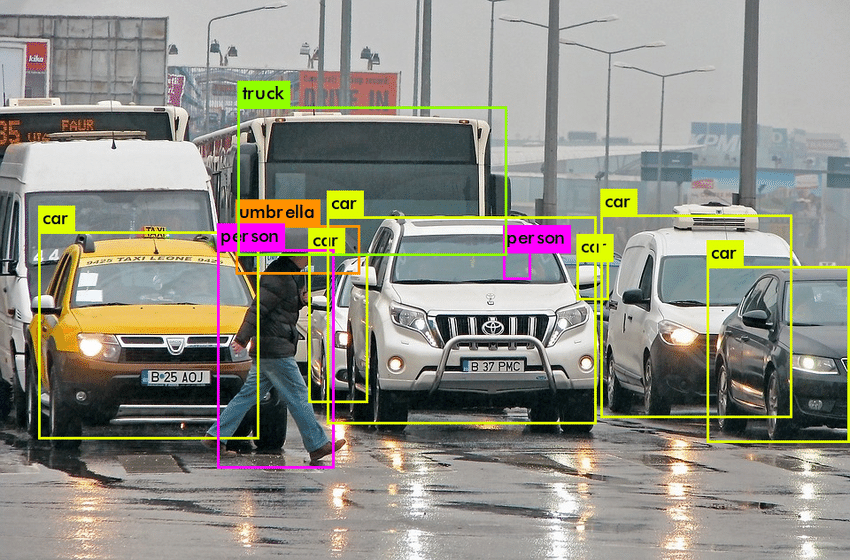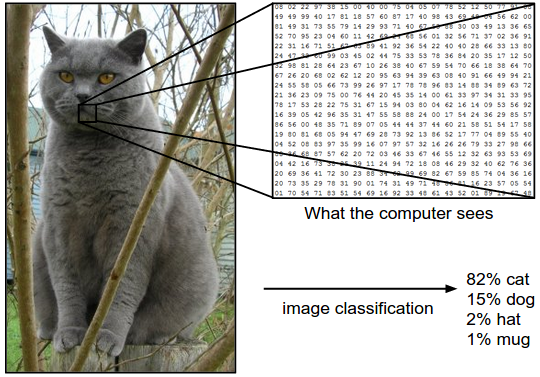What is image classification AI model and how to build it?
Image classification is the process of categorizing images based on their content. This article explores its importance, techniques like supervised and unsupervised classification, and key steps to build a model, including pre-processing and feature extraction.

When you are working on any AI model, it becomes crucial to understand how you can go ahead with your proceedings.
How you can manage techniques with your dataset? If you will be unaware of how to follow a particular algorithm or method. Then, it might get difficult to attain the desired results.
If you are working to build an Image classification AI model, then you first have to get a brief about image classification, its importance, how it works, and how you can train your data.
In this blog, we have discussed some of the important aspects when you are working on an Image classification AI model. Read out the complete blog to gain more information.
Table of Contents
- What is Image Classification?
- Supervised Classification
- Unsupervised Classification
- What is the Significance of Image Classification?
- How to Perform Image Classification?
- How Does Image Classification Work?
- Image Classification Using Machine Learning
What is image classification?
Image classification is the process of determining what an image depicts. A model for classifying images is trained to recognize different image classes. For instance, you may teach a model to identify images of three different animal species—rabbits, hamsters, and dogs.
There are different types of Image Classification Techniques such as:
Supervised classification
To prepare the classifier and subsequently classify fresh, unknown data, supervised image classification algorithms require classified reference samples.
The method of visually selecting training data samples from inside the image and assigning them to pre-selected categories, such as flora, roads, water resources, and buildings, is hence known as the supervised classification technique.
To establish statistical measurements that can be used to analyze the overall image, this is done.
Unsupervised classification
A fully automated technique called unsupervised classification does not use training data. This means that without the requirement for human intervention, algorithms for machine learning are used to analyze and cluster unidentifiable datasets by identifying hidden information or data groups.
The specific characteristics of an image are systematically recognized at the image preprocessing step with the aid of a suitable algorithm.
Two of the most often used techniques for classifying images in this context are pattern recognition as well as image clustering. K-mean and ISODATA are two well-liked techniques for unsupervised picture classification.
What is the significance of image classification?
Our time is the digital age. We now produce enormous amounts of data as a result of the Internet of Things (IoT) as well as artificial intelligence (AI) emerging as the common technology. Data can take on different forms, such as audio, text, images, or a combination of any of them.
Images account for a sizeable portion of the development of global data, whether in the format of images or movies. The creation of highly scalable solutions that use computer vision for distributed data processing is made possible by AIoT, the fusion of AI with IoT.
The main methods in the computer vision field include object recognition, segmentation, classification, and localization of images. Among them, image classification is considered the core method. It serves as the foundation for more computer vision issues.
Applications for image classification are employed in a variety of fields, including medical imaging, satellite image object identification, traffic management systems, brake lights detection, computer vision, and more.
How to perform image classification?
Here are a few steps that one needs to follow to perform an image classification:

- Image pre-processing
The purpose of this technique is to enhance some key image features and suppress undesired distortions to upgrade the dataset (features) for the computer vision algorithms to work with.
Image pre-processing steps include reading the image, resizing the image, and adding data ( Translation, Histogram, Equalization, Rotation, Gray scaling of image, Reflection, and Gaussian Blurring).
2. Object detection
Detection is the process of localizing an object, which entails segmenting the image and locating the target object.
3. Feature extraction and preparation
This is a vital step in which quantitative or deep learning techniques are used to find the most intriguing patterns in the image. These features may be specific to a certain class and will later aid the model in differentiating between classes. Model training is the process through which the model has trained the features contained in the dataset.
4. Identification of the object
Using an appropriate classification algorithm that contrasts the image patterns with intended patterns, this phase classes any discovered items into pre-determined classes.
How does image classification work?
A pixel-based image is examined by a computer. It does this by seeing the image as a collection of matrices, with the size of each matrix depending on the resolution of the image.
Simply put, picture categorization in the eyes of a computer is the study of these statistical facts. Image classification in digital image processing is carried out by automatically classifying pixels into predetermined groups, or "classes."

The final classifier has a lighter workload because the algorithms separate the image into numerous of its most noticeable elements. These qualities help the classifier determine the image's meaning and potential classification. The process of characteristic extraction is the phase that determines an image's category, and it is also the step on which the other processes are dependent.
The data provided by the algorithm is also crucial for image classification, especially supervised classification. A classification dataset that has been well-optimized performs far better than a dataset with class-based data imbalance and low image and annotation quality.
Image Classification using Machine learning
Utilizing the capability of algorithms, image classification with machine learning can uncover latent knowledge from a dataset of both ordered and disorganized samples (Supervised Learning).
Deep learning is the most well-liked machine learning method, which uses numerous hidden layers in a model.
With the introduction of deep learning, excellent performance on tasks like image classification can be attained when combined with reliable AI hardware and GPUs.
As a result, deep learning has greatly advanced the fields of image recognition, facial detection, and picture classification, enabling real-time object detection and performance above that of humans.
Training AI Model requires the procedure of labeled data and the process of labeling needs human input. To annotate datasets, you might need a data annotation, and here comes Labellerr for your help. You can annotate high-quality images with our tool and use the annotated data for creating an AI model.
If you want to know more about such related information, then stay tuned!

Simplify Your Data Annotation Workflow With Proven Strategies
.png)


